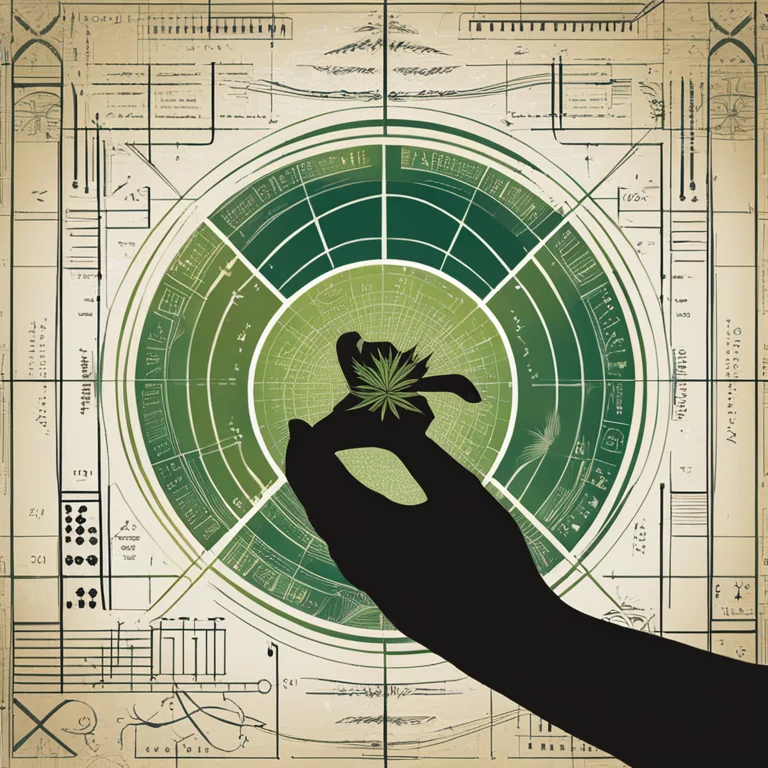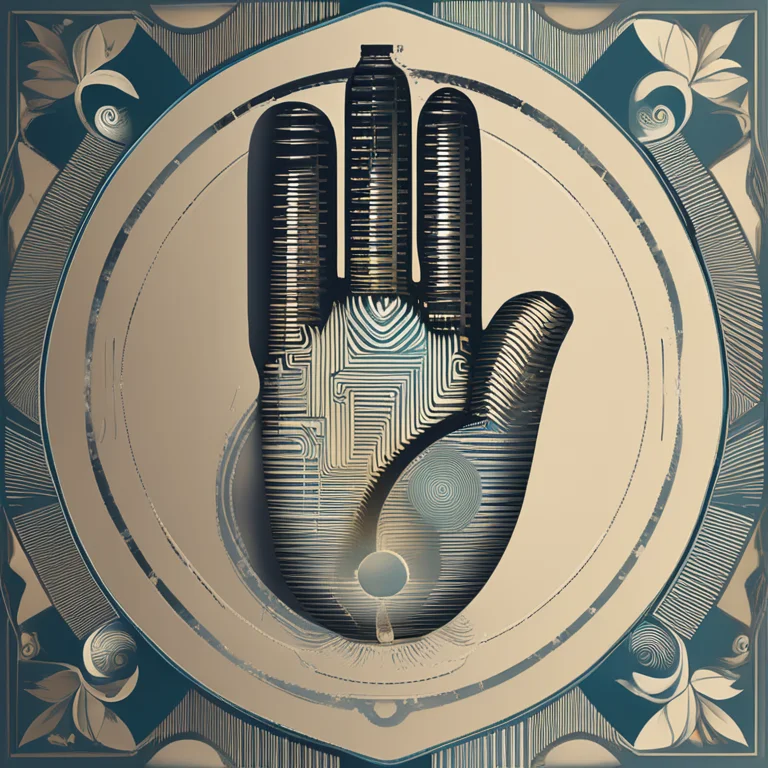
Palmistry's Guide to Hand Lines
Delve into the fascinating world of palmistry and uncover the secrets held by the lines of your hand with this in-depth article on palm lines science.
article by Nora Pennington
The Intrigue of Palm Lines
For centuries, the intricate web of lines on the human palm has captivated the curiosity of many. Palmistry, or chiromancy, is the art of interpreting these lines to glean insights into an individual's character and potential life experiences. In modern times, though often considered a pseudoscience, palmistry persists as a popular practice, continuing to intrigue with its blend of tradition, psychology, and visual analysis. For enthusiasts seeking to connect past lore with present understanding, the study of hand lines provides a unique narrative of personal discovery.

Core Palm Lines and Their Meanings
Typically, three major lines are focused on in palmistry: the heart line, head line, and life line. The heart line, arching above the head line, is said to reflect emotional stability, love life, and cardiac health. The head line, more centrally located on the palm, is believed to convey intellectual tendencies and decision-making approaches. The life line, encircling the thumb base, is often associated with vitality, life changes, and sometimes, the length of one's life. However, palmists clarify that the depth and clarity of these lines provide more insight than length alone.

Minor Lines and Markings
Beyond the main lines, various minor lines and markings contribute to the hand's narrative. The fate line, for instance, is thought to indicate the influence of external factors on one's life journey. The sun line, also known as the line of Apollo, is less common and is often seen as a mark of fame or artistic talent. Other marks, such as crosses, stars, and islands, might suggest particular life events or personality traits. While these interpretations are rich in tradition, they are not scientifically substantiated and are often seen as conversation starters rather than factual predictions.

Modern Palmistry and Science
While palmistry is not supported by empirical scientific evidence, certain aspects intersect with genetic and developmental biology. For example, dermatoglyphics, the study of skin patterns and fingerprints, has demonstrated that the lines on our palms are formed by fetal hand movements, and their formation is influenced by genetic factors. Similarly, researchers have investigated the correlations between hand features and certain medical conditions, while emphasizing that such associations do not constitute a rigorous scientific basis for palmistry as a whole.

The Psychological Dimension
On the psychological plane, palmistry may offer subjective value through introspection and self-reflection. The practice can act as a mirror for individuals to ponder personal attributes or life decisions, similar to how people use horoscopes or personality tests. By examining one's own hand, aspects of recognition, self-analysis, and even entertainment come into play, potentially offering insights that resonate on a personal level, however unscientific they may be.
Respecting Cultural and Historical Contexts
It's important to approach palmistry with a respect for its cultural and historical contexts. Across the globe, various traditions have developed their own unique forms of hand analysis, such as the Chinese, Indian, and Greek systems. Each of these brings a wealth of stories, superstitions, and philosophies that enrich their respective practices. Recognizing palmistry's place in the tapestry of human culture adds depth to its contemporary interpretation and enriches the dialogue between skeptics and believers alike.
Published: 1/10/2024
Modified: 1/10/2024
More predictions
Come back here soon to learn more about yourself and your future


The Essence of Palmistry: Insights into Your Palm
Delve into the fascinating world of palmistry and discover what the lines on your palm reveal about your life path and personality, with contemporary relevance for the modern seekers.


The Secrets of Hand Analysis
Delve into the intriguing world of palm reading and discover the hidden aspects of your personality through the lines and shapes in the palms of your hands.


Palm Reading Guide: Basics and Insights
Delve into the art of palmistry with this essential guide to reading palms, revealing secrets to personality and destiny through the lines on your hand.